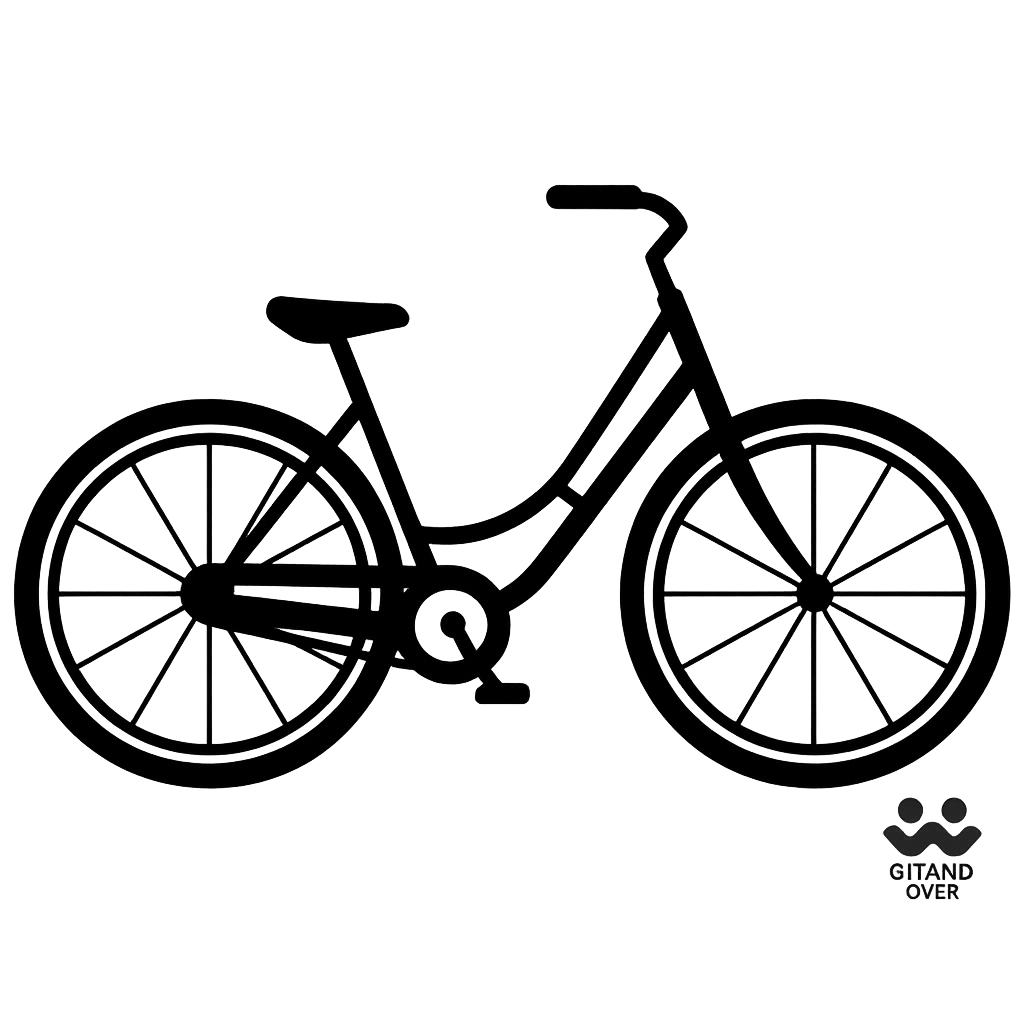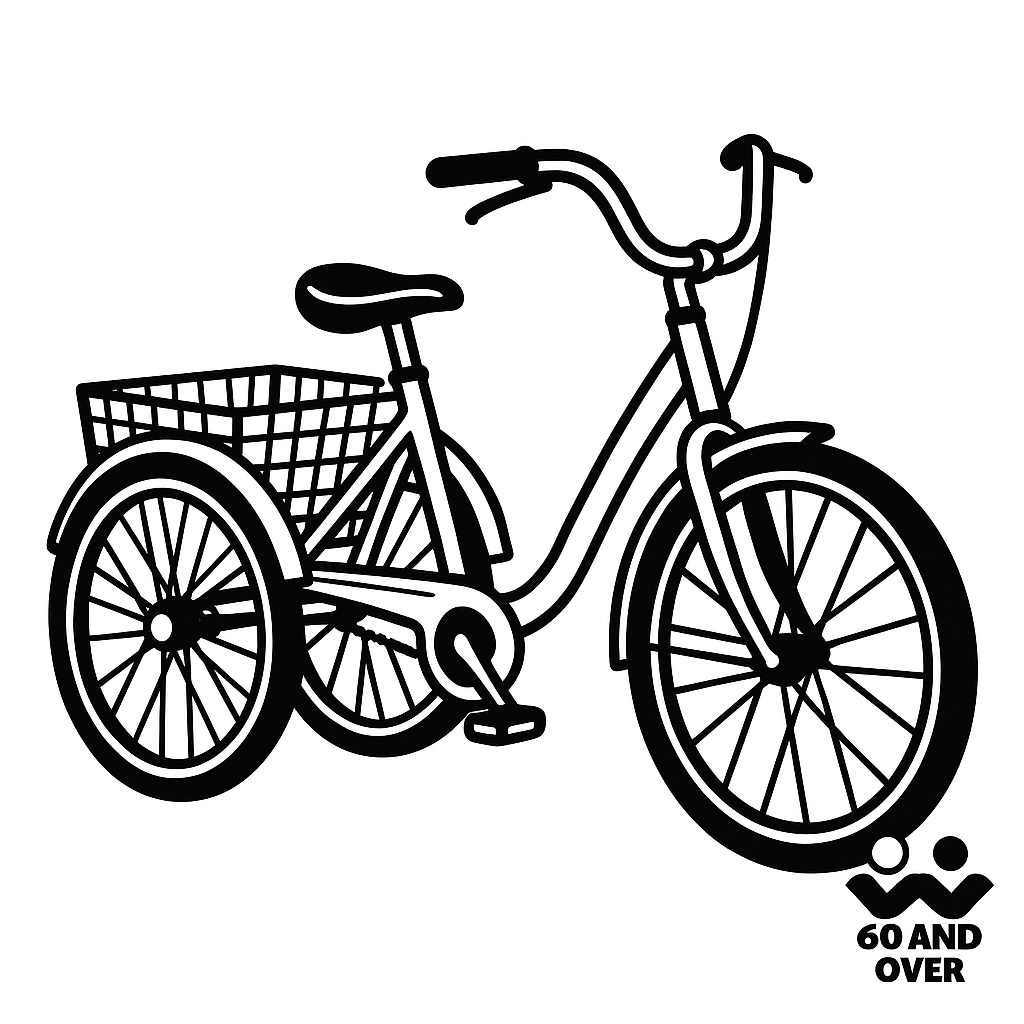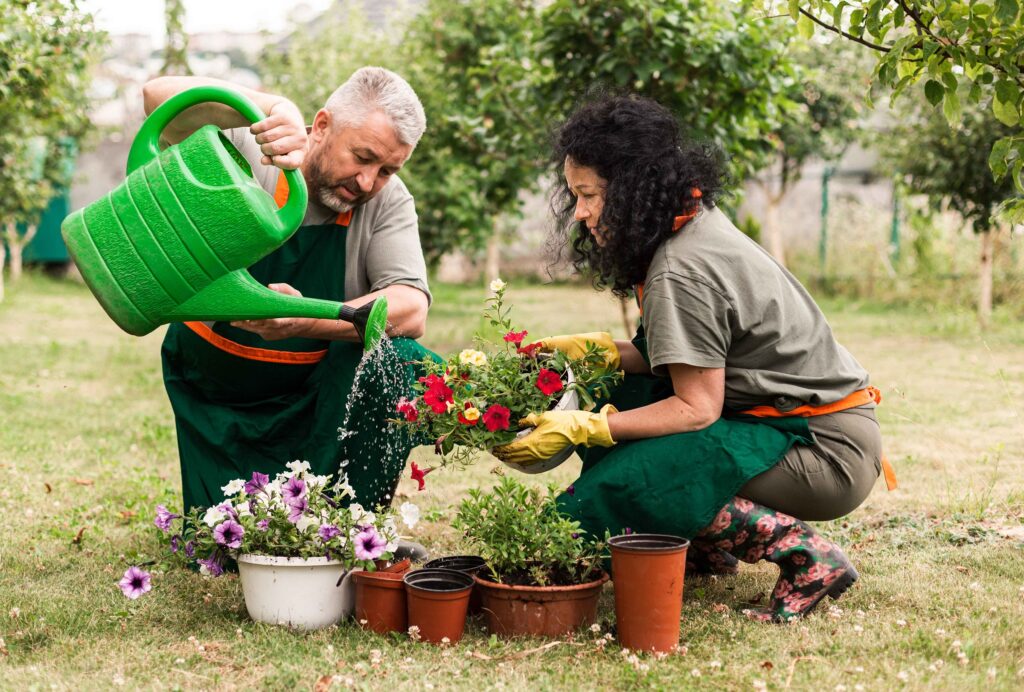Cycling is often remembered as a childhood pastime, yet it is one of the most rewarding activities an older adult can return to later in life. The simple act of pedaling a bike offers low-impact exercise that strengthens the heart, boosts mood, and keeps joints moving without unnecessary strain. For many, riding a bicycle also represents freedom, independence, and a chance to rediscover the joy of being outdoors.
Whether it’s rolling through a local park or joining friends for a relaxed group ride, bicycles give older adults a way to stay active while enjoying the world around them.
The Benefits of Cycling for Seniors

The health benefits of cycling extend far beyond fitness. Pedaling engages the cardiovascular system without the harsh pounding of activities like jogging. Stronger legs and improved endurance translate into greater mobility for everyday life, from climbing stairs to walking longer distances.
Balance and coordination improve with regular riding, reducing the risk of falls, which are a major health concern for older adults.
Equally important are the mental and social benefits. Time spent outdoors reduces stress and supports mental clarity, while group rides or cycling clubs offer social connection. For those who value independence, cycling provides a sustainable and enjoyable way to get around town without relying solely on a car.
Staying Safe on the Road
Safety is the cornerstone of enjoyable cycling. A properly fitted helmet, reflective clothing, and front and rear bike lights help riders remain visible. Bike fit is just as important as safety gear: the right seat height reduces knee strain, and upright handlebars ease tension in the back and shoulders.
Smooth, quiet bike paths or residential streets with light traffic are often the best routes for seniors. Riders should start slowly, listen to their bodies, and gradually increase the distance and intensity of rides. With these precautions, cycling becomes a safe and rewarding part of an active lifestyle.
Cruiser Bike

Cruiser bikes are built for comfort and ease, making them one of the best choices for older adults who want relaxed, casual rides.
- Pros: Wide cushioned seat, upright handlebars, stable wide tires, smooth ride on flat paths.
- Cons: Heavier frame, not great for hills or long distances.
- Best for: Park paths, boardwalks, and neighborhood rides.
Why we recommend it: Cruisers make cycling feel effortless. If you just want to enjoy the scenery at a steady pace, this style delivers comfort without overcomplicating the ride.
Check Cruiser BikesChoosing the Right Bicycle
Not all bicycles suit every rider, and the right choice depends on comfort, stability, and personal needs. Traditional upright bikes remain popular for their familiarity, while step-through frames are particularly senior-friendly because they allow easy mounting and dismounting. Cruiser bikes, with their wide seats and relaxed posture, make leisurely rides more enjoyable.
For those who want extra support, electric bikes, or e-bikes, provide motorized assistance that takes the strain out of hills and longer distances. Adult tricycles deliver unmatched stability, making them a great choice for anyone worried about balance.
Recumbent bicycles, which feature a reclined seat, offer excellent back support and are especially comfortable for riders with joint pain or spinal concerns. Each type of bike has unique strengths, and the best choice is the one that feels secure and enjoyable to ride.
Step-Through Frame Bike

Step-through bikes make it easy to get on and off without swinging your leg over a high bar — ideal for seniors with hip or knee stiffness.
- Pros: Easy mount/dismount, upright riding posture, accessible for limited mobility.
- Cons: Slightly less rigid frame, may not handle rough terrain as well.
- Best for: Everyday rides around town, casual exercise, and errands.
Why we recommend it: This design takes away the stress of mounting a bike. Step-throughs restore confidence for riders who value safety and simplicity above all.
See Step-Through OptionsFeatures That Matter Most
When selecting a bicycle, comfort should guide every decision. A step-through frame makes getting on and off the bike easier, while a wide, cushioned saddle provides long-ride comfort. Upright handlebars reduce strain on the wrists and shoulders, and easy-to-use shifters simplify gear changes.
Low gears are valuable for climbing gentle hills without overexertion, and wider tires absorb bumps for a smoother ride.
Many older adults also appreciate e-bike models with pedal assist, which extend riding possibilities without exhausting effort. These features ensure that the bike supports, rather than challenges, the rider’s abilities.
Bicycle Options for Older Adults
Cruiser Bike
Pros: Comfortable wide seat, upright handlebars, stable wide tires. Great for flat paths and casual rides.
Cons: Heavier frame, not ideal for hills or long distances.
Best for: Relaxed neighborhood rides and park paths.
Step-Through Frame Bike
Pros: Easy mounting/dismounting, good for limited mobility, upright posture.
Cons: Slightly less rigid frame compared to traditional style.
Best for: Riders with hip/knee stiffness who want easy on/off.
Electric Bike (E-Bike)
Pros: Pedal assist for hills and longer rides, reduces strain, extends range.
Cons: Heavier, higher cost, needs charging.
Best for: Hilly areas, longer outings, and joint-friendly assistance.
Adult Tricycle
Pros: Maximum stability, basket storage, no balance required. Perfect for errands and leisure.
Cons: Larger footprint, slower speed, less maneuverable.
Best for: Balance concerns and grocery/errand trips.
Recumbent Bike
Pros: Reclined seating with back support, joint-friendly, excellent for back issues.
Cons: Lower to the ground (less visible in traffic), learning curve for steering.
Best for: Back/neck comfort on longer, relaxed rides.
Recommended Options
Several bicycles stand out as excellent choices for older adults. Step-through cruisers are widely available and perfect for casual rides on flat terrain. Electric bikes come in both upright and step-through versions, giving riders flexibility to go further with less fatigue. Adult tricycles are increasingly popular, with baskets for carrying groceries or picnic supplies while providing unmatched stability.
For those seeking maximum comfort, recumbent bikes offer a completely different but highly supportive riding experience. By considering needs such as comfort, balance, and distance, older adults can find a bicycle that enhances their lifestyle.
Getting Started
The best way to begin is with short, flat rides of ten to fifteen minutes. This helps the body adjust and builds confidence. Joining a senior cycling group provides encouragement and social interaction, while indoor stationary bikes offer a safe alternative during bad weather.
Regular maintenance, from keeping tires inflated to ensuring brakes work smoothly, ensures that every ride is both safe and comfortable. Over time, rides can be lengthened and routes expanded as stamina improves.
Adult Tricycle

Adult tricycles offer maximum stability and built-in storage, making them great for seniors who want a safe, steady ride.
- Pros: Three-wheel stability, rear basket storage, no balance required.
- Cons: Larger footprint, slower speed, less maneuverable.
- Best for: Grocery trips, errands, and leisurely rides.
Why we recommend it: Trikes let you focus on the fun, not the balance. They’re perfect if you want stability, storage, and the freedom to ride without worry.
Browse Adult TrikesFrequently Asked questions (F.A.Qs)
Are electric bikes safe for seniors? Yes, when used responsibly. E-bikes offer assistance that makes longer rides or hills manageable, but riders should practice in a safe area before heading into traffic.
What bike is best for someone with arthritis? Step-through cruisers or recumbent bikes reduce strain on joints and provide supportive seating.
Is cycling a good option for seniors with heart conditions? In most cases, yes—but it is essential to consult a healthcare provider first and begin with short, moderate rides.
Can someone return to cycling after decades away? Absolutely. With today’s range of senior-friendly designs and safety gear, many older adults rediscover cycling after long breaks and enjoy it well into their seventies and beyond.
Conclusion
Cycling is more than exercise—it’s a way for older adults to reclaim energy, independence, and joy. With the right bicycle, safety practices, and gradual progression, riding can remain a part of life for decades. From leisurely spins through the neighborhood to group outings with friends, bicycles open the door to fitness, freedom, and adventure at any age.





